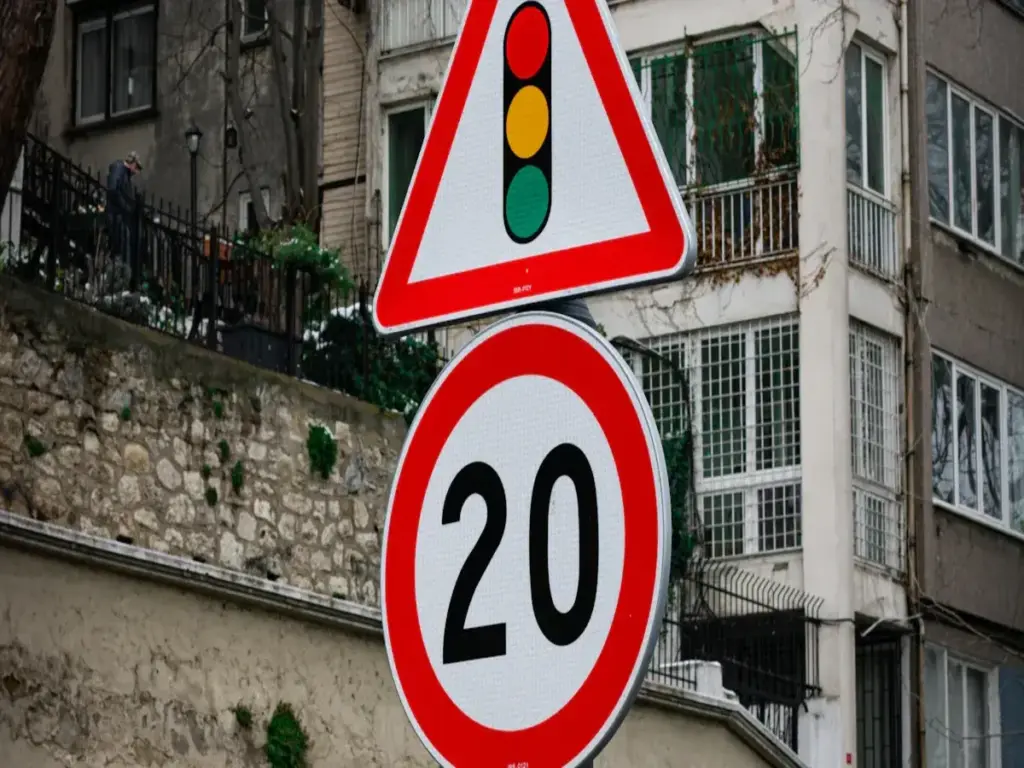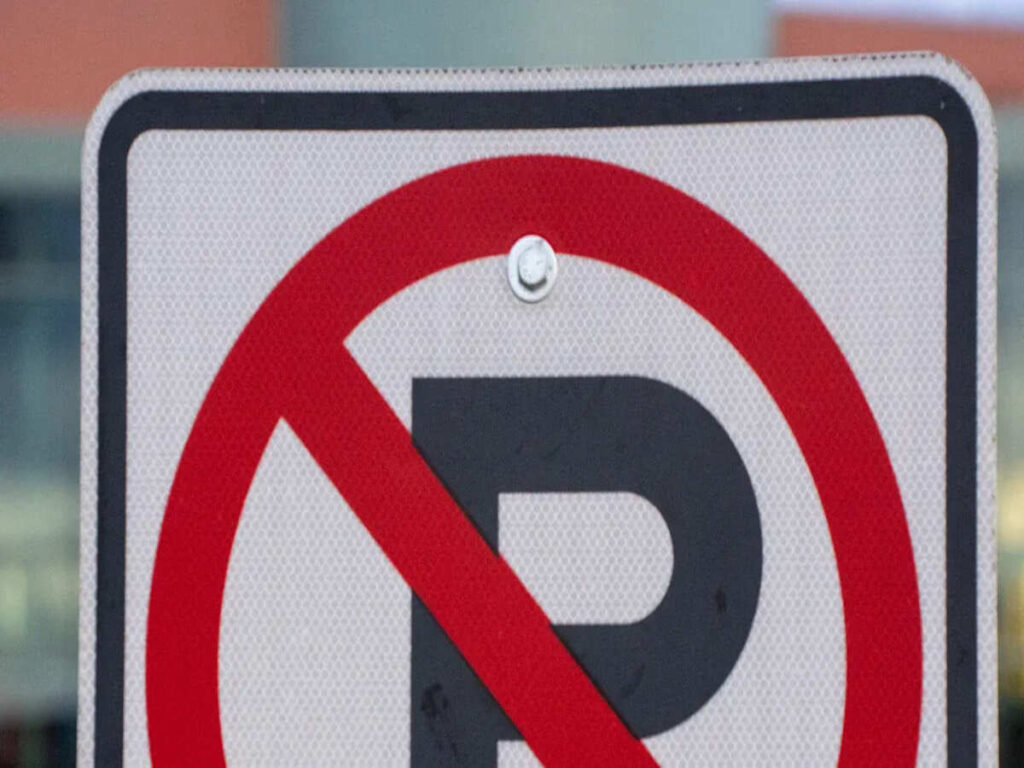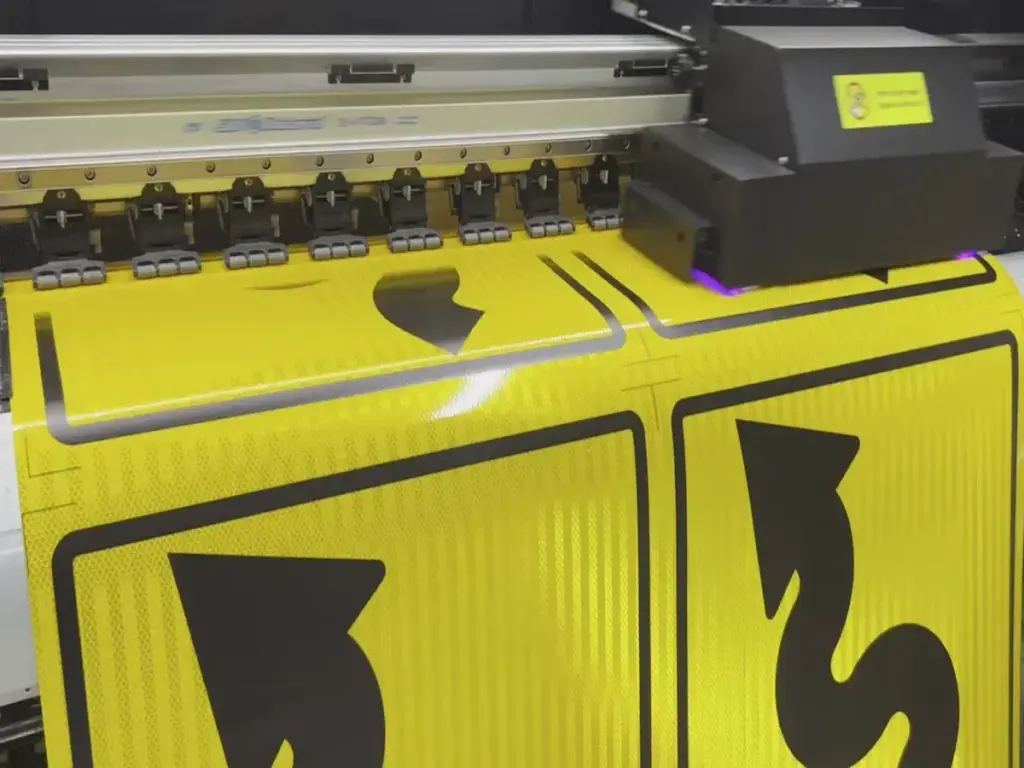
Construction bollards stand as crucial barriers on any active jobsite. Every day, you work around moving vehicles, heavy machinery, and people on foot. What are bollards? They separate these risks and keep everyone safer. On average, one pedestrian dies every 75 minutes from a motor vehicle crash, so using bollards for construction zones helps prevent such tragedies. What are bollards used for? They block unauthorized traffic, shield workers, and protect equipment. You often see bollards used as traffic control posts, marking safe paths and creating clear divisions. What are bollards made for? They fit many roles, and common uses of bollards include stopping vehicles from entering restricted areas. What are bollards? They help you control hazards and boost safety on every project.
OPTRAFFIC supplies a robust range of construction bollards designed to separate hazards, shield workers, and protect equipment on any active jobsite. With high-impact resistance, easy installation, and durable materials, OPTRAFFIC bollards help project teams maintain clear divisions, control unauthorized traffic, and boost safety on every construction project.
Key Takeaways
- Bollards create strong barriers that protect workers, pedestrians, and equipment from vehicle accidents on construction sites.
- Choosing the right bollard type, like plastic for temporary zones or steel for high-security areas, improves safety and fits your project needs.
- Proper placement of bollards at access points, walkways, and storage areas controls traffic and prevents unauthorized entry.
- Following safety standards and installation guidelines ensures your bollards work effectively and keep your site compliant.
- Using bollards reduces accidents, protects valuable assets, and helps maintain a safe, organized construction environment.
Why Construction Sites Need Bollards
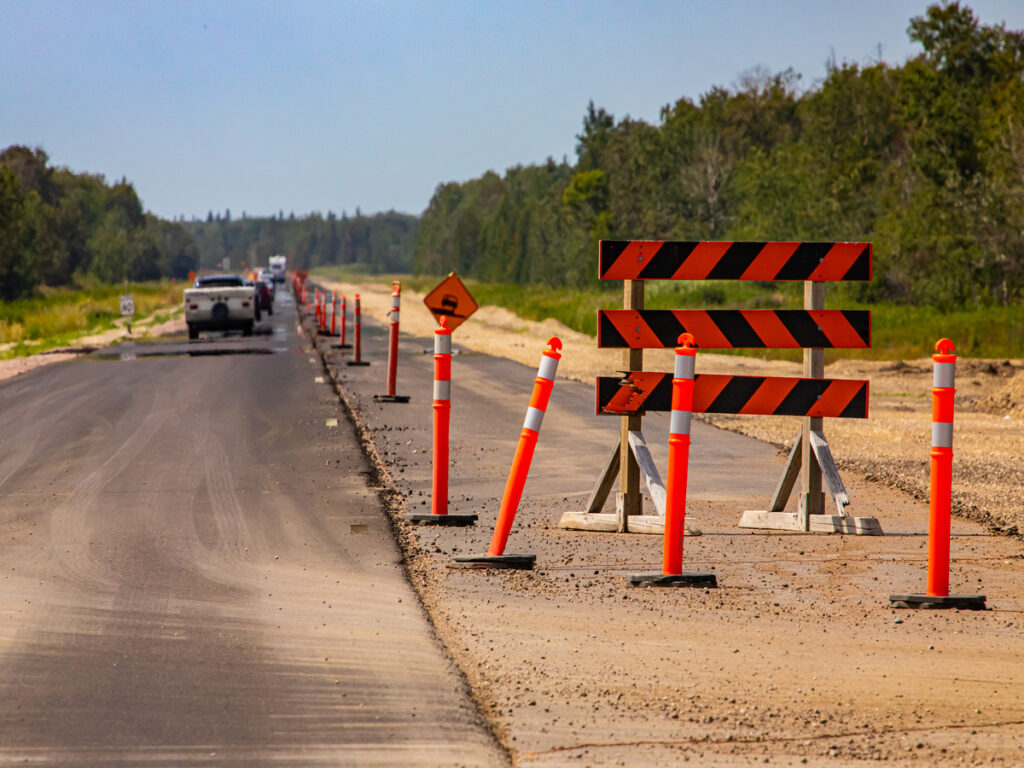
Common Construction Hazards Prevented
You face many hazards on a construction site. Vehicles move in and out, machinery operates close to people, and equipment sits near busy roads. Every day, about 60 vehicles crash into commercial buildings across the country. These incidents cause thousands of injuries and hundreds of deaths each year. Many of these crashes happen because of pedal errors or inexperienced drivers. When you install bollards, you create a strong barrier that stops vehicles from entering restricted areas. Fixed bollards help prevent accidental intrusions and even stop intentional attacks, like crash-and-grab robberies. You can use safety bollards to mark boundaries, guide vehicular traffic, and keep high-security areas safe. This safety enhancement reduces property damage and saves lives.
To explore proven delineator layouts that can further reduce accident rates in road construction, check out the blog Road Construction Must-Read: 7 Traffic Control Delineator Layouts That Lower Accident Rates.
Protecting Workers & Pedestrians
You want to keep workers and pedestrians safe at all times. Bollards create a clear separation between active work zones and walkways. They guide people along safe paths and prevent vehicles from overshooting into pedestrian areas. Reports show that bollards prevent up to 100 vehicle crashes into buildings every day, reducing thousands of injuries and deaths each year. Federal grants now support bollard installation because they lower risks in busy areas. When you use bollards for construction sites, you help everyone move safely around heavy machinery and equipment.
- Bollards provide visible barriers for walkways.
- They help you control access and prevent unauthorized access to dangerous zones.
- Illuminated bollards improve safety at night or in low-visibility conditions.
Equipment & Asset Protection
Your equipment is valuable and needs protection. Bollards act as physical barriers that stop vehicles from damaging machinery, storage areas, and temporary structures. The U.S. General Service Administration recommends bollards to protect water meters, electrical boxes, fire hydrants, and building corners. You can also use bollards inside to shield power supplies, shelving, and support columns from forklifts or carts. Security bollards help prevent theft, accidental impacts, and even terrorist attacks in high-security areas. Different bollard materials, such as steel or polymer, offer the right level of protection for your site’s needs. By installing equipment protection bollards, you keep your assets and machinery safe from harm.
Bollard Types for Construction Sites
Choosing the right types of bollards for your construction site helps you manage safety and traffic flow. Each bollard type offers unique features for different work zone needs. You can use a mix of barriers to protect workers, equipment, and the public.
Plastic Bollards for Temporary Zones
Plastic bollards give you flexibility for fast-changing construction sites. You can move these lightweight barriers quickly as your project evolves. Many crews use plastic bollards to mark pedestrian walkways, parking areas, or temporary lane closures. These types of bollards stand out with bright colors and reflective bands, making them high visibility bollards for day or night use.
- You can deploy plastic bollards in minutes.
- They work well for short-term projects or phased construction.
- Weighted bases keep them stable, even in windy conditions.
Plastic bollards bend on impact and return to shape. This feature helps absorb energy from low-speed vehicle contact, reducing damage and injury. You can also rent these types of bollards for added cost savings.
Steel Bollards for Equipment Protection
Steel bollards provide strong barriers for high-risk zones. You use these types of bollards to shield valuable equipment, storage areas, and site entrances. Steel bollards resist impacts from vehicles and machinery. Their strength comes from tested materials and deep embedment in the ground.
- Steel bollards pass crashworthiness tests based on standards like IWA 14-1 and EN 1317.
- They protect against impacts from vehicles up to 1,500 kg at 32 km/h.
- Independent labs check steel bollards for penetration resistance and deformation.
You can choose in-ground or surface-mount steel bollards. Both options offer long-term protection for your assets.
Bollards vs Delineators for Work Zones
You may wonder about the difference between bollards and delineators. Both serve as barriers, but they have different uses. Bollards are sturdy posts that stop or slow vehicles. Delineators are flexible markers that guide traffic but do not block it.
| Bollard Type | Material | Impact Handling Characteristics | Typical Use Cases in Construction Zones |
|---|---|---|---|
| Concrete | Concrete blocks | Very robust, withstands high impact, but rigid and heavy | Permanent outdoor protection, high pedestrian traffic areas |
| Steel | Steel | Strong and weather-resistant; some are removable | Long-term outdoor use, traffic segregation, security zones |
| Polymer | Flexible polymer | Bends on impact and returns to shape; absorbs impact | Industrial settings with forklift traffic, slow vehicle areas |
Tip: Use bollards when you need to stop vehicles. Choose delineators when you only need to guide drivers or mark safe paths.
You can select different types of bollards based on your site’s needs. The right barriers help you keep your construction zone safe and organized.
Bollard Placement & Installation on Construction Sites
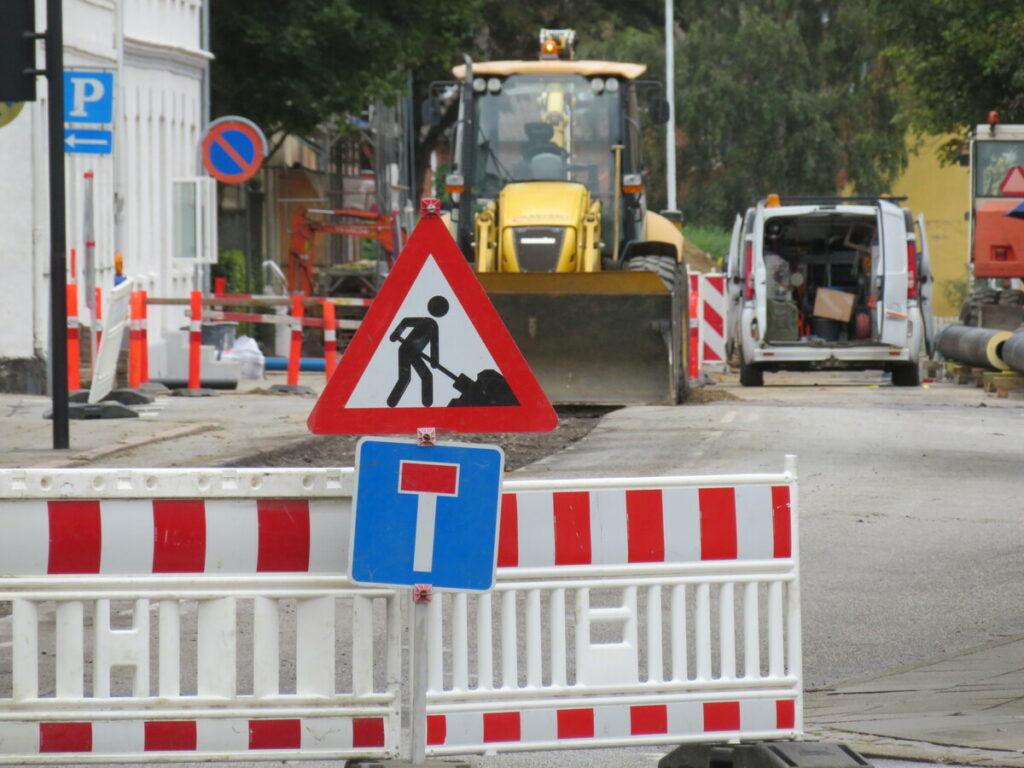
Recommended Placement Zones
You need to place bollards in the right spots to keep your construction site safe and organized. Proper placement helps you control traffic and protect workers. You should focus on these key areas:
- Access gates: Place bollards to prevent unauthorized vehicles from entering.
- Walkways: Use bollards to separate pedestrians from moving equipment.
- Loading zones: Install bollards to guide trucks and keep equipment safe.
- Material storage areas: Protect valuable supplies with strong barriers.
- Site perimeters: Mark the edge of your site to stop vehicles from crossing into restricted zones.
Spacing matters. Keep bollards 3 to 5 feet apart. This spacing blocks vehicles but lets people and wheelchairs pass. Always check local codes and ADA rules before you start installation. If you need emergency vehicle access, use removable bollards for flexible control.
Installation Methods (In-Ground, Surface Mount, Removable)
You have several installation options for bollards. Each method fits different needs for security and traffic management. Here is a quick comparison:
| Installation Method | Stability & Impact Resistance | Installation Complexity | Best Use Case |
|---|---|---|---|
| Embedded (In-ground) | Maximum stability and impact resistance | Needs excavation and concrete | High-security, heavy-traffic, permanent protection |
| Surface-mounted | Less stable than embedded | Quick, no excavation | Moderate security, temporary traffic control |
| Removable Sleeve | Moderate stability, flexible removal | Underground chamber, hand removal | Emergency access, event or changing site needs |
For in-ground bollards, mark the spot, drill a hole wider than the post, add gravel for drainage, and use rebar for strength. Let the concrete cure fully before setting the bollard. For removable bollards, install ground sleeves flush with the surface and fill holes with cement for a secure fit.
Safety Standards and Compliance (OSHA, MUTCD)
You must follow safety standards when you install bollards. OSHA and MUTCD set rules for construction sites. These rules cover bollard height, spacing, reflectivity, and color. ASTM crash ratings, like F3016, show how much force a bollard can handle. ADA rules require at least 3 feet between posts for accessibility. Local codes may have extra requirements for traffic flow and security measures. Always check these standards before you begin installation to keep your site safe and compliant.
Best Practices for Construction Site Bollard Use
Real-World Construction Examples
You can see the advantages of construction site bollards in many real-world projects. The Public Square Bollard Project in Cleveland replaced temporary barriers with removable bollards. This change improved traffic flow and made the area safer for both workers and the public. The project also protected underground utilities and reduced street damage from heavy vehicles.
Bollards offer advantages for equipment protection by stopping accidental collisions with valuable machinery. You can use them to restrict unauthorized access and prevent theft or vandalism. They also help with pedestrian safety and traffic management. Many sites use bollards for edge protection, temporary walkways, and hazard mitigation.
Here are some lessons from recent events and industry standards:
- The New Orleans Bourbon Street incident showed that you need both permanent and portable barriers for continuous protection.
- The Rose Parade used mobile barriers to secure a busy event perimeter, showing the advantages of rapid deployment.
- Austin’s use of portable barriers at public events highlights flexible safety solutions.
- Standards like ASTM F2656 and PAS 68 ensure bollards meet strict safety requirements.
- SAFETY Act certification gives you liability protection and encourages new safety technologies.
These examples show that combining different types of bollards gives you the best advantages for site safety.
How to Choose the Right Bollard for Your Project
You should match your bollard choice to your project’s needs. Start by thinking about the main purpose. If you need high-security, steel bollards for equipment protection offer strong advantages. For temporary events or changing work zones, plastic construction bollards provide flexibility and cost savings.
Consider these factors when choosing:
- Project purpose: Use steel for high-risk areas, plastic for temporary needs.
- Weather and environment: Stainless steel resists rust in coastal areas. Polymer or aluminum work well in harsh weather.
- Budget: Weigh initial costs against long-term maintenance. Crash-rated steel costs more but lasts longer.
- Design: Pick bollards that fit your site’s look and meet safety standards.
- Compliance: Make sure your bollards follow OSHA worksite safety standards and MUTCD rules.
- Durability: Choose materials that need little upkeep and last through tough conditions.
| Use Case | Recommended Bollard Type | Key Advantages |
|---|---|---|
| High-security zones | Steel, crash-rated | Maximum impact resistance |
| Temporary work zones | Plastic, flexible | Easy to move, quick deployment |
| Urban or coastal sites | Stainless steel, concrete | Weather resistance, long lifespan |
| Pedestrian walkways | Polymer, removable | Visibility, accessibility, flexibility |
By following these best practices, you gain the advantages of improved safety, better traffic control, and lower risk of accidents. Bollard advantages include adaptability, compliance, and long-term value for your construction site.
Prioritize bollard use in your construction safety planning to protect your team and assets. For insight into broader applications of traffic control posts—including parking lots, storefronts, and event spaces—check out the blog Traffic Control Posts: Use Cases for Parking Lots, Construction Sites, Storefronts, Events & Pedestrian Safety.
FAQ
What are bollards, and why do you need them on construction sites?
Bollards are sturdy posts that help you control traffic and protect workers. You use construction bollards to block unauthorized access, guide vehicles, and create safe walkways. These barriers provide safety enhancement and support your site’s security measures.
Can plastic construction bollards handle heavy equipment or vehicles?
Plastic construction bollards work best for temporary zones and low-speed traffic. They offer high visibility and flexibility. For high-security areas or equipment protection, you should use steel bollards or other heavy-duty types of bollards.
How do you secure removable bollards for changing work zones?
You install removable bollards using ground sleeves or weighted bases. This method lets you control access and adjust barriers as your site changes. Removable bollards help you manage traffic flow and maintain safety for workers and equipment.
Do you need crash-rated safety bollards for every construction project?
You do not need crash-rated safety bollards for every site. Use crash-rated bollards in high-risk zones or where you expect heavy vehicular traffic. For most work zones, standard construction bollards provide enough protection and support traffic management.
What are the advantages of using high visibility bollards?
High visibility bollards help you improve safety by making barriers easy to see. Bright colors and reflective bands alert drivers and workers. These bollards reduce accidents, support traffic control, and keep your site organized.

